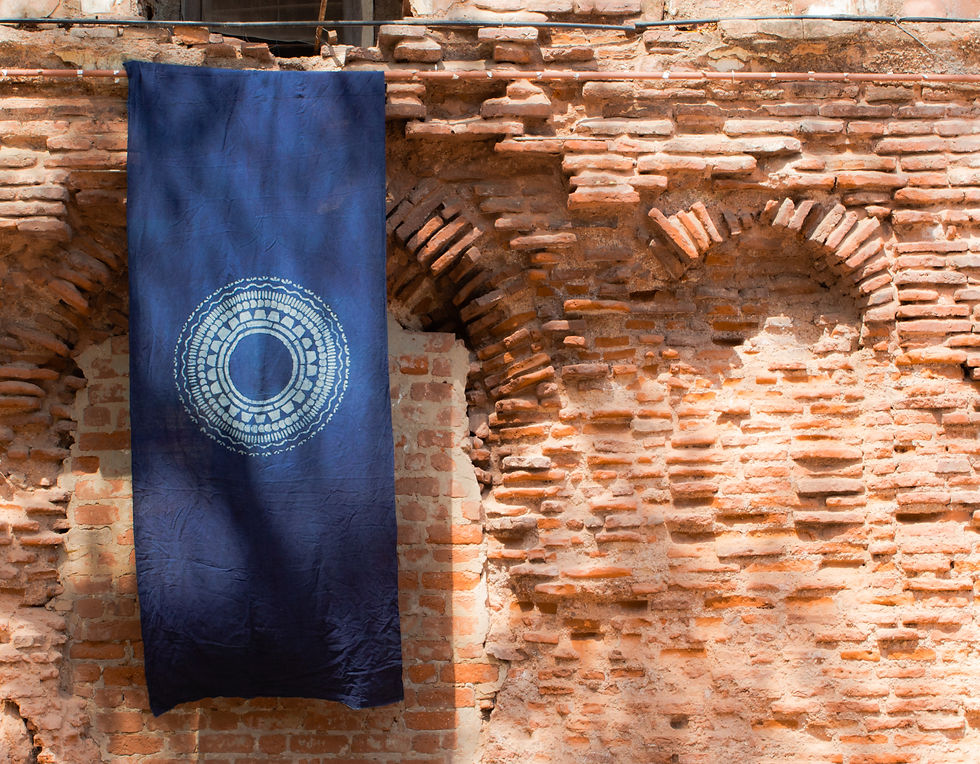This project was done within 2 weeks at National Institute of Design, Ahmedabad along with Atharva Mandhare.
Conveying the story of indigo
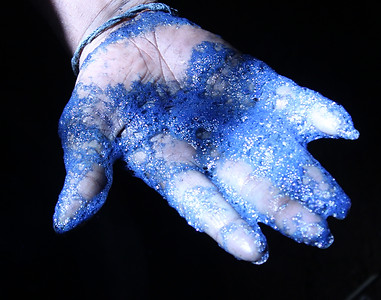
This project is about reviving the traditional natural indigo dyeing process. It is a collaboration between the National Institute of Design and Khamir. The deliverables of this project were setting up an Indigo VAT at Khamir for the local artisans and conveying the story of indigo on a piece of fabric using the traditional indigo dyeing processes. These panels were made in pairs and were later displayed at an exhibition in National Institute of Design.
Research
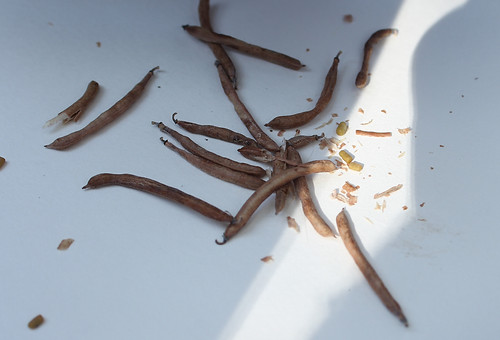

Historically, Indigo was a natural dye extracted from the leaves of certain plants, and this process was important economically because blue dyes were once rare. India was a primary supplier of indigo to Europe as early as the Greco-Roman era.

Indigo is a very spiritual colour. It is linked to increased intuition and perception. It suggests integrity, traditions and rules. The symbolic meaning of the colour indigo was power, importance and wealth. In Indian and British cultures, the indigo colour was a symbol of pelf and abundance, because it was derived out of an extremely expensive Indian plant of the same name. Therefore, only the wealthiest could afford to wear garments and paintings, where the pigment from the indigo plant was used.

Indigo is a dye different than any other. It is dyed-through a living fermentation process. The process “reduces” the Indigo, changing it from blue to yellow. In this state, it dissolves in an alkaline solution. The fibre is worked in the solution, or “vat.” When brought out to the air, it is a bright green. Slowly the air changes it to the beautifully deep and rich blue of Indigo.
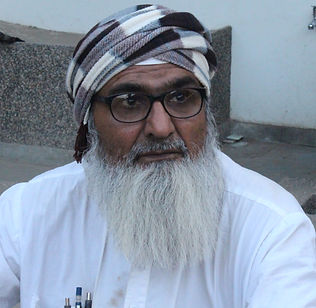


During the project, we also met the experts in this field to understand their journey with indigo. Dr Ismail Mohammed Khatri (left) is now the senior-most person involved in the craft of Ajrakh. The older the vat, the more is its value and deeper is its colour. Sufiyan Ismail Khatri (centre) belongs to the 10th generation which still practices Ajrak block printing. Abdul Jabbar Mohammed Hussain Khatri (right) is a designer and master dyer whose family has been engaged in design, tying and dyeing of bandhani textiles for many generations.
Pre-Production

The Indigo Vat was setup at Khamir, Bhuj, Gujrat.
Making

To make the blue powder soluble, the indigo pigment must be immersed in an alkaline solution and reduced (that is the oxygen must be removed), this process called ‘making an indigo vat’.
Soda ash makes the solution alkaline, sugarcane and jaggery removes the oxygen. This transforms the indigo into leuco-indigotin (soluble), a yellowish soluble dye.
It is at this stage that you immerse the wool or cotton in the indigo vat and leuco-indigotin attaches itself to the fibre. When you take the fibre out of the vat, leuco-indigotin combines with oxygen in the air to become indigo and fixes itself to the fibres. You see this happening as the colour changes from greenish-yellow to blue.
Conceptualization

This artwork depicts what all goes in to make an indigo dye. Starting from the terracotta pot to the indigo leaves. It is said that the Indigo VAT is similar to a living being. It needs to be fed regularly. The craftsman takes care of his Vat as his own baby.
The above artwork was then sketched on a 300 cm long fabric. Battik technique was used to make this panel. First, bee wax was applied to the parts which were supposed to remain white and then the entire fabric was dyed. This fabric was displayed along with 4 others depicting the narratives around indigo in an exhibition at NID.
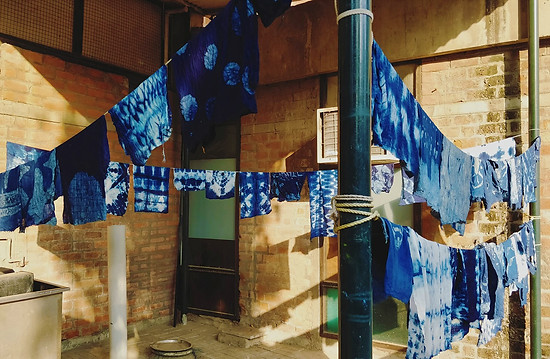

Deliverable
